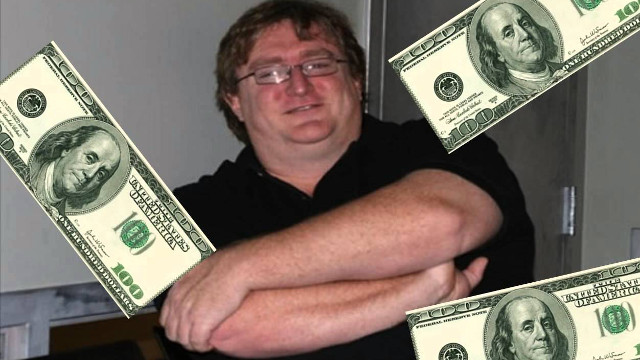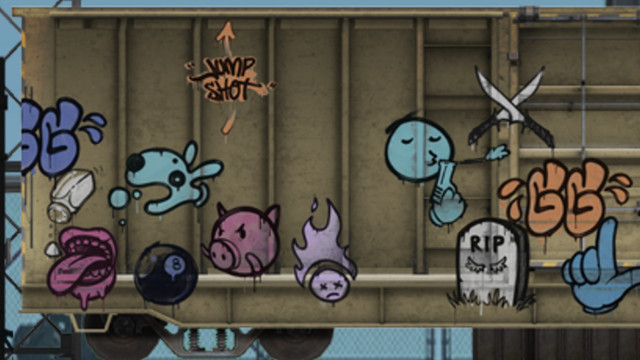This week a new update hit Counter-Strike: Global Offensive. Given it was the first noteworthy update since mid-August, it was a given that the community was excited to log in and see what it offered.
Titled the Graffiti Update, it added "graffiti patterns" to the game. These are effectively a return of the sprays used in the original Counter-Strike as well as Counter-Strike: Source.
As insignificant as it might seem, the update has actually had a notable impact on the game environment. Similar to the previous games, players have been able to use the sprays in a number of clever ways. The most common is to taunt an opponent by spraying their corpse after death, but it's common to come across teams who create graffiti walls which can be pretty distracting for opponents who walk by. When placed carefully, they can even be used to sometimes make enemy silhouettes stand out more, although this is less of an issue in CS:GO due to its user-experience friendly map tones.
The problem with CS:GO graffiti surfaces when you look at what is required to use them. Put simply, graffiti can be acquired through a weekly drop for ranking up. The only other way to get a graffiti for free is by logging in during the next two weeks to claim a free graffiti pattern. These two methods of getting free graffiti will only result in a monochrome pattern, which in many cases are unnoticeable and undesirable.

For players who want multi-colored patterns, more styles to choose from, or run out of charges, heading to the Steam Marketplace to spend real life money will be the only option. There are currently two graffiti boxes available currently valued at $2.30 and $3.59. As with any new item in CS:GO they are selling like crazy following the update with thousands of transactions made per minute.
Graffiti only comes with 50 charges, too. This, along with other constraints, poses a problem for many players. If they want the coolest looking patterns, aren't happy with what they've received from a free box, or have run out of charges, their only options are to deal with it or spend several dollars to buy a graffiti box.
In contrast, prior Counter-Strike games allowed players to edit their game files to use virtually any image they wanted as a spray, and there were unlimited charges. While this presented room for exploitation, such as the use of sprays with nudity and other offensive material, jumping from such an open system to DLC is incredibly dramatic.
 Gabe Newell knows how to make money.
Gabe Newell knows how to make money.What's particularly surprising is this system is clearly a way of further monetizing CS:GO, a game that already produces incredible revenue for Valve through weapon skins and regular release of access passes. In 2015 CS:GO generated $221 million in revenue, and required very little investment outside of sever infrastructure and a few staff to work on updates. Valve also makes a ton of money off Steam transactions, DotA 2, among other games.
Frankly, it's a bit distasteful for players like myself who consider Valve one of the greatest gaming companies, and spend hundreds if not thousands of dollars on their platform. The graffiti system is designed in a way that you'd expect from a free mobile game from a development team that is hurting for money, not from a stable, multi-billion dollar company like Valve.
The CS:GO community deserves better, especially given the lackluster schedule of updates over the past couple years.







